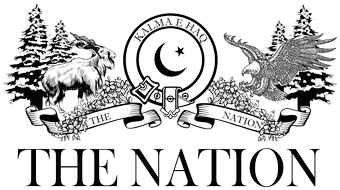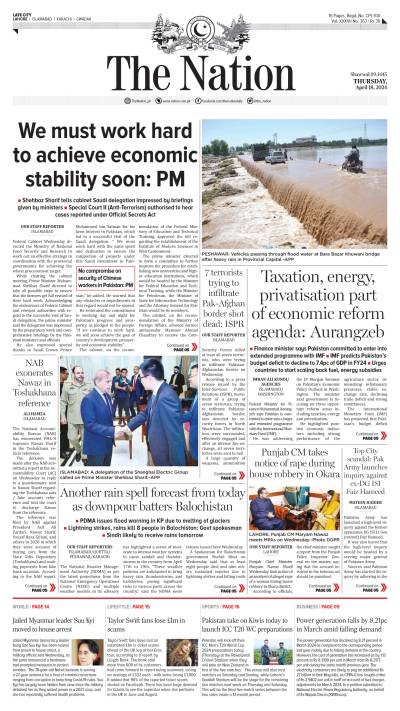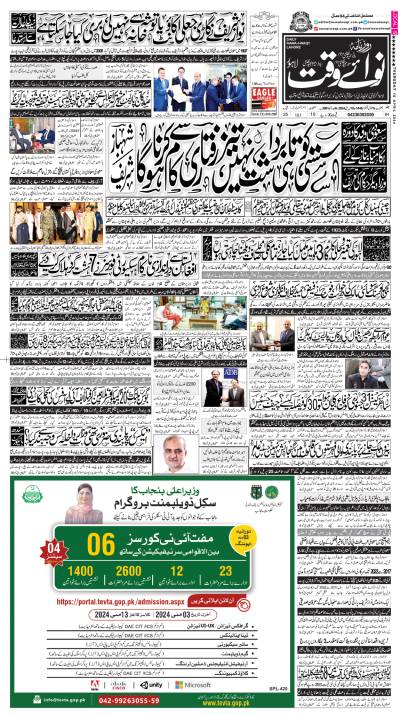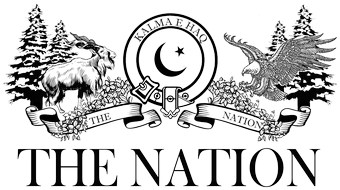Sabah Haider I was standing in Maroun al-Ras, Lebanon, on May 15, in solidarity with thousands of Palestinians, Lebanese and other pro-Palestinian protestors, and I saw Israelis use live ammunition against the protesters throwing rocks over the fence at the border. Many young men were shot: 10 people died and 115 were wounded, the largest number of casualties at any of the days border protests in Egypt, Syria, Jordan and Lebanon. There were reports that the Israelis used rubber bullets, but rubber bullets dont kill Hundreds of buses from all over the country brought thousands to Maroun al-Ras, a village in southern Lebanon, that morning; the day was the 63rd anniversary of the Naqba when so many Palestinians were displaced from their homeland at the creation of the state of Israel. I dont think anyone paid for their journey. I wanted to pay the bus organiser, but he wouldnt take it. Its been paid for, he said with a smile. Thousands of people walked together for miles through the slippery, rocky hills to the plateau of Maroun al-Ras that overlooks Palestine. There were no speeches, no dances. Commemoration of Naqba day was, this year, about direct protests at the nearest border. Most people stayed on the top or side of the hill and watched as, below, a few hundred protesters threw rocks across the border with Israel. A dozen or so Israeli soldiers behind bushes sporadically fired at them on the other side of the fence. The sounds from the protesters grew, then roared, as the Israeli gunfire started, then stopped: Silence from the Israeli side, then a few bullets. Every few minutes the pattern repeated. But it wasnt random firing: All the bullets reached a target. After a while, I understood. If I heard three bullets, three people had been hit. I started counting the makeshift stretchers made of kuffiyahs tied to flagpoles to avoid the watching people fall. Every time the firing started, we all ducked. Crouched on the ground, I started counting rocks with blood on them. Then I counted the legs of men hovering above piles of rocks and dirt - landmines. Volunteers, mostly teenage boys, encircled mines demarcated with sticks and stones to ensure no one set them off. According to some reports, the Lebanese army went into the field before the protest and identified the mines to mark a safe path to the fence. I was about 15 metres from the fence, but couldnt make myself go any closer, even though I wanted to look at the Israeli soldiers faces and see their expressions before they fired at the protestors. A narrow road, with a few Lebanese army vehicles parked along it, divided the protesters near the fence from those on the hill or coming from Maroun al-Ras. Soldiers along the road directed people and ambulances, which waited for the next casualties. When the Israeli firing intensified, the Lebanese army formed a line to stop more protesters from coming, yelling the Israelis are firing. On my way back, a group of young men and women asked me for my kuffiyah to use for the wounded. I also gave them some juice and water from my bag, which Hizbollah had handed out. The protest ended with the Lebanese army firing into the air and using tear gas to force the crowds to leave. In the weeks before, factions in Palestinian camps had encouraged everyone to go down to Maroun al-Ras on Naqba day. The Lebanese army also did not prevent people from approaching the fence until long after the Israelis had started firing. Hizbollahs presence was more cordial. Buses and cars arriving were greeted by the Hizbollah banners that said\\: From Hijair, the valley of honour, we salute those who are passing. (Hijair is the valley in South Lebanon where Hizbollah destroyed 21 tanks in the 2006 war with Israel.). Hizbollah also made every vehicle pass through a makeshift checkpoint where they counted each passenger so they could know how many people attended. Hizbollah also had a visible presence; smiling members clad in their signature bright-yellow t-shirts, baseball caps and sneakers gave elderly ladies and mothers yellow chairs to sit on. No weapons were on display. The US may call them a terrorist organisation, but they were extremely polite. Before the shooting started, the place was filled with smiling Palestinian refugees from all over Lebanon, excited to go and see Palestine. Also, there was a very old man from Pakistan with a henna-stained beard. He stood beside the rest of the (mostly Palestinian) protesters at the fence, in the line of fire, in solidarity. A tear streamed down his wrinkled cheek as he crouched nearby and gathered rocks. When the firing paused, he got up and walked back towards the fence. He could have been one of the many South Asians, who fought with the fidayeen in the 70s and 80s and stayed on after, marrying a Palestinian woman. I wanted to ask the old man his story, but the shooting started again. When I first descended down the steep hill covered in wild thyme, from Maroun al-Ras towards the border fence that afternoon, the views of Palestine were breath-taking: Ancient trees, hills and lush green fields. It looks just like Lebanon, except its not, its Palestine. n Middle East Online.
Friday, April 19, 2024
Another peoples promised land
President calls for meaningful dialogue to end polarisation
April 19, 2024
KP minister briefed on issues about sales tax on services
April 19, 2024
64th anniversary of freedom fighter Mirzali Khan marked
April 19, 2024
893,000 students appear in SSC exams in KP
April 19, 2024
Hepatitis Challenge
April 18, 2024
IMF Predictions
April 18, 2024
Wheat War
April 18, 2024
Rail Revival
April 17, 2024
Addressing Climate Change
April 17, 2024
Justice denied
April 18, 2024
AI dilemmas unveiled
April 18, 2024
Tax tangle
April 18, 2024
Workforce inequality
April 17, 2024
New partnerships
April 17, 2024
ePaper - Nawaiwaqt
Advertisement
Nawaiwaqt Group | Copyright © 2024





